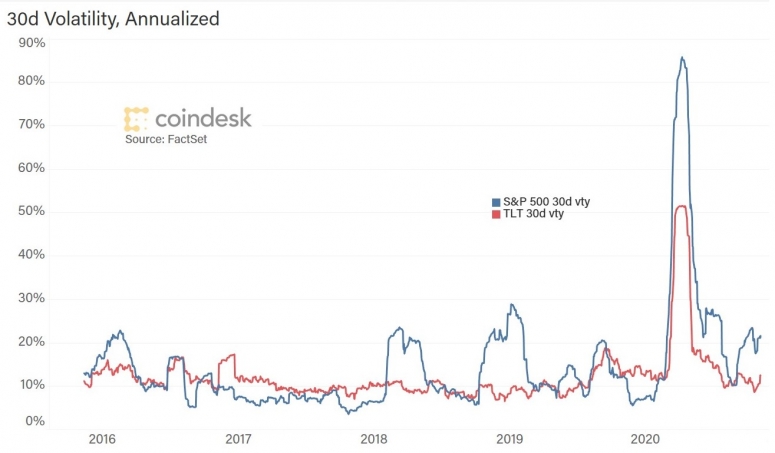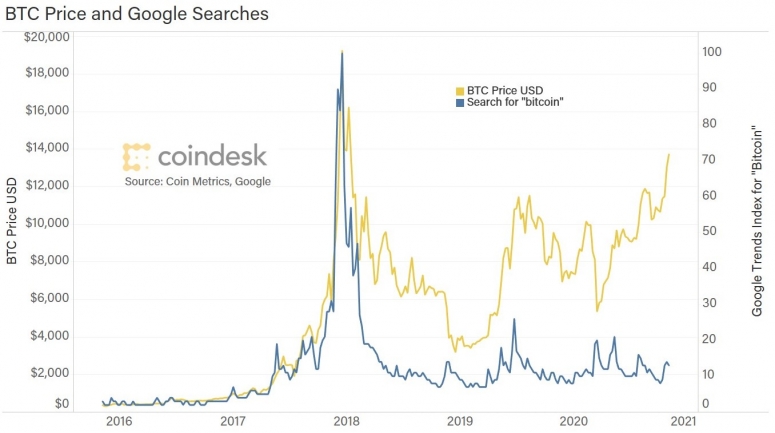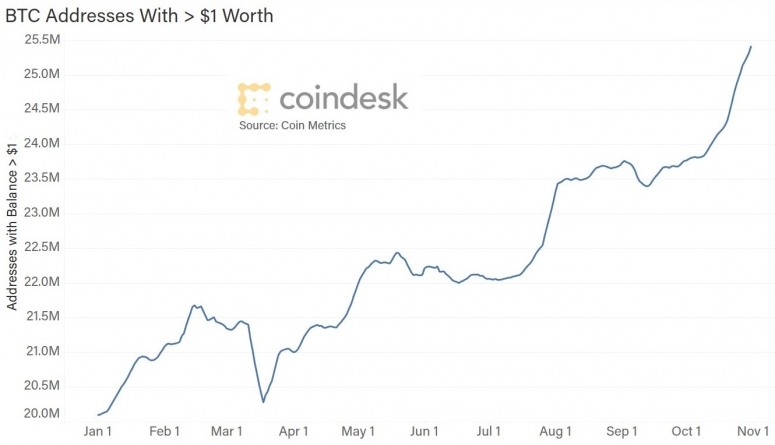
Of all of the many clever things Mark Twain is alleged to have said, one of my favorites, especially these days, is: “It ain’t what you don’t know that gets you into trouble. It’s what you know for sure that just ain’t so.”
In the turmoil that is 2020, many market “truths” have morphed into myths. And many trusted investment adages no longer make sense.
One that continues to puzzle me is how many financial advisers still recommend the 60/40 portfolio balance between equities and bonds. Equities will give you growth, the theory goes. And bonds will give you income as well as provide a buffer in times of equity decline. If you want to preserve capital into your old age, we’re told, this is the diversification strategy for you.
That doesn’t hold any more.
Diversification itself is not on trial here. Whether you subscribe to chaos theory or just enjoy a balanced diet, diversification is a pretty good rule of thumb when it comes to a healthy lifestyle (except perhaps when it comes to marriage).
It’s the why of diversification when it comes to investments that we need to think about.
Why diversify?
The idea is that diversification spreads risk. What hurts one asset might benefit another, or at least not hurt it quite so much. An asset could have unique value drivers that set its performance apart. And a position in low-risk, highly liquid products allows investors to cover contingencies and to take advantage of other investment opportunities when they arise.
All that still largely holds. What needs to be questioned are the assumptions that diversification should be spread between equities and bonds.
One of the main reasons for the equity/bonds allocation split is the need to hedge. Traditionally, equities and bonds move inversely. In an economic slump, central banks would lower interest rates to reanimate the economy. This would push up bond prices, which would partially offset the slump in equities, delivering a performance superior to that of an unbalanced fund.
Since the crisis of 2008, that relationship has broken down. In fact, as the chart below shows, equities (represented by the S&P 500) have outperformed balanced funds (represented by the Vanguard Balanced Index) in terms of rolling annual performance over the past 20 years.
Why? First, central banks no longer have interest rates in their recession-fighting toolbox. While negative rates are possible, they are unlikely to reanimate the economy enough to turn around a stock market falling on recession expectations.
And, as we have seen this year, the stock market can keep rising even in an economic slump. Driven by lower interest rates and a flood of new money chasing assets, equity valuations became untethered from expected earnings a while ago.
So, there’s no reason to expect equities to have a pronounced down year, and no reason to expect bonds to rise when they do, as long as central banks maintain their current policies. And it is difficult to see how they can exit their current strategies without causing significant harm to borrowers (including governments). Where, then, is the hedge?
Another reason to hold a portion of bonds in portfolios is to have a guaranteed income. That has been taken off the table by record low interest rates. And as for the “safe” aspect of government bond holdings, the sovereign debt/GDP ratio is at all-time highs. No one expects the U.S. government to default on its debt – but that is more a question of trust than financial principle. Continuity of trust is perhaps another assumption that needs examining.
You might have heard this before: Government bonds used to provide risk-free interest. Now they provide interest-free risk.
So, why are financial advisers still recommending a bond/equities balance?
Why hedge?
Another potential reason is as a hedge against volatility. In theory, equities are more volatile than bonds as their valuation depends on a higher number of variables. In practice, however, bonds are often more volatile than equities, as this graph of the 30-day volatilities of the TLT long-term bond index and the S&P 500 shows:

So, the justification of the 60/40 equity/bond split no longer has a meaningful argument to stand on, either as an income provider or as a hedge. Even just adjusting the ratio is missing the point. The underlying vulnerabilities for stocks and bonds now overlap.
What’s more, there’s no reason to expect things to go back to the way they were. Even without a divided government in the U.S., it will be difficult to implement sufficient fiscal expansion to keep the economy afloat on a sustained basis. It is more likely that expansionary monetary policy will become the new normal. This will keep bond yields down, equity prices stable or rising, and deficits ballooning.
This raises the question: what should a portfolio hedge for?
The traditional mix hedged against the business cycle: In years of economic growth, equities did well, and in years of contraction, bonds stepped in. Only, the business cycle no longer exists. The signals that interest rates used to send have been overridden by central banks, which means that investment managers that still believe in business cycles are flying blind.
What is the biggest investment risk faced by savers of today?
It’s currency debasement. Expansionary monetary policy in the past has counted on the resulting economic growth to absorb the new money supply. The numerator (GDP) and the denominator (amount of money in circulation) grow together, so that each monetary unit will at the least hold its value. Now, new money is flooding the economy just to keep it afloat. The numerator remains flat (or even declines) while the denominator shoots up. The value of each monetary unit falls.
A falling base currency hits the values of both equities and bonds in long-term portfolios. Savers are less wealthy in terms of purchasing power than they once were. The 60/40 allocation split has not helped them.
In an environment where currency debasement looks increasingly certain, a new type of portfolio hedge is needed.
In this situation, the ideal hedging vehicles are assets that are immune to monetary policy and economic fluctuations: Assets that don’t depend on earnings for their valuation, and whose supply cannot be manipulated.
Gold is one such asset. Bitcoin is another, with an even more inelastic supply.
This has been boldly stated by the likes of Paul Tudor Jones, Michael Saylor (CEO of MicroStrategy), Jack Dorsey (CEO of Square) and others, who have included bitcoin in their portfolios and treasuries, betting on its future value as a debasement hedge. The idea isn’t new.
But what is bewildering is that most professional managers and advisers still recommend the bonds/equities split, when it doesn’t make sense any more. The fundamentals have moved on, yet most portfolios are still hanging on to an out-of-date formula.
Now, I’m not recommending an investment in bitcoin, per se. (Nothing in this newsletter is ever investment advice). The point I’m trying to make is that investors and advisers need to question old assumptions in the face of a new reality. They need to rethink what hedging means, and what risks their clients really are facing long-term. Not doing so is financially irresponsible.
It’s understandable that in times of uncertainty, we cling to old rules. With so much change, we instinctively reach for the comfort of the familiar. Yet it is precisely when things cease to make sense that assumptions need to be questioned. In modern times, there has rarely been as much uncertainty about so many fundamental pillars of progress as now. In these times, the roles of professional investors and financial advisers are more crucial than ever, as savers urgently need not only guidance but also protection.
It is, therefore, increasingly imperative that we rethink portfolio management strategies, even for conservative profiles. There is more than just returns at risk if we don’t.
Approaching adulthood
Genesis (owned by DCG, also the parent of CoinDesk) has issued its Digital Asset Market Report for Q3, which shows a strong growth in lending and trading volumes, and highlights an interesting industry shift.
The lending operation added $5.2 billion of new loan originations, more than double Q2’s figure of $2.2 billion, with growth coming mainly from loans in ETH, cash and altcoins – BTC as a percentage of loans outstanding dropped from 51% to 41%. The number of unique institutional lenders grew by 47% in Q3 vs. Q2.
Spot trading volumes increased approximately 14% from Q2, with a notable upward trend in electronic executions, and bilateral derivatives volume hit over $1 billion in volume in the derivative desk’s first full quarter.
These figures outline two trends:
1) Growing institutional interest in crypto assets other than bitcoin, largely driven by the yields available on DeFi protocols. These are still generally too illiquid to withstand significant institutional interest, but the experimentation going on in the field as well as on the part of investors points to the eventual emergence of innovative services and strategies that can handle greater volumes with controlled risk.
2) The continued development of increasingly sophisticated crypto trading and investment strategies from institutional investors. This highlights that the crypto asset market is growing up, which will bring in more institutional money, which in turn will incentivize further product and service development from Genesis and others. This virtuous circle is propelling the market to where it should be: a liquid and sophisticated alternative asset market that is poised to influence how professional investors approach asset allocation more broadly.
The report also revealed that Genesis is working on a suite of products and services designed to boost the flow of institutional funds into and around the crypto market: a lending API that will allow deposit aggregators to earn yield, capital introduction and fund administration, and agency trading. These, together with the Q3 introduction of custody services, will further consolidate its growing network of market investors and infrastructure participants.
This could point to growing consolidation in the crypto markets: the emergence of one-stop shops that aim to help clients with all aspects of crypto asset management. One often-cited barrier to crypto investment is the fragmentation in the industry, and the relative complications involved in taking a position in crypto assets. Smoothing these obstacles will make it easier for professional investors to take tentative steps into the space, and the access to liquidity could encourage some to make big statements.
Genesis will not be alone in this drive, and we could see a race from other known names to add to their stable of institutional-facing services. This could result in a flurry of M&A activity, as well as more strategic hires from traditional markets. Either way, the industry benefits from the added experience, and a maturing market infrastructure.
Anyone know what’s going on yet?
This week will no doubt go down in history as one of the more surreal when it comes to events driving markets.
First, Tuesday was the longest day I can remember. In fact, at time of writing, it feels like Tuesday isn’t over yet.
Second, stocks seem to love uncertainty. Who knew.
Third, the bitcoin price is defying gravity at a particularly confusing time, adding election outcomes and political uncertainty to the potential narratives that the market loves to grasp at.

Bitcoin’s performance this week has cemented its position in the pantheon of stellar outperformers of the year. The S&P 500 is putting on a good show though – note how its spurt in November accounts for most of its positive performance so far this year.
CHAIN LINKS
Veteran investor Bill Miller, the chief investment officer of Miller Value Partners, revealed in an interview on CNBC this week that his MVP1 hedge fund had half of its investments in bitcoin. TAKEAWAY: Yet another respected name cites inflation concerns as one of the reasons professional investors should be looking at bitcoin. Another factor can be seen in Miller’s statement that the risks of bitcoin going to zero are “lower than they’ve ever been before.” He’s talking about asymmetric risk: the probability that bitcoin will go to $0 (a loss of 100%) is much less than the probability it will provide a return of 200% or more.
As if proof were needed that this bitcoin rally is very different from the last one in 2017, the last time the BTC price was above $15,000, Google searches for “bitcoin” were also soaring. TAKEAWAY: This implies that the hype this time around is more muted (in spite of the hubris on Crypto Twitter). It also suggests that fewer “newbies” are coming into the market – the buyers that are pushing the price of bitcoin up don’t need to Google it, which means that they’re not attracted just by the performance.

Square reported $1.63 billion of revenue and $32 million of gross profit from the Cash App bitcoin service in 2020 Q3, according to an investor letter published this week. This is a growth of up approximately 1,000% and 1,400% year-on-year, respectively. TAKEAWAY: Sales of bitcoin in Cash App earn Square a little under 2% in profit, which is a very thin margin compared to Square’s overall business, which runs at much higher margins. But the strong growth indicates a substantial increase in retail demand for bitcoin, which could in part explain the growth in BTC addresses and, of course, the price momentum.

Fidelity Digital Assets (FDA) is hiring over 20 engineers. In a post, the company said it was working on improving existing bitcoin custody and execution services, and building new products. TAKEAWAY: This hiring push hints at expansion plans for their digital asset services, which, given the reach of FDA’s platform, could broaden the onramp for institutional investors.
We published a special series of articles and op-eds related to our Bitcoin for Advisors event on Nov. 9-10, all of which are worth a read:
This newsletter has not focused much on ether (ETH), the native token of the Ethereum blockchain, since it lags bitcoin in terms of market cap, liquidity, derivatives and number of onramps. Its infrastructure is maturing, though, and it is undergoing significant technological changes that will impact its value proposition. What’s more, it could act as a good diversifier for a crypto asset allocation in portfolios. So far this year, it has significantly outperformed bitcoin (220% vs 117%).
If you’re wondering what the switch to Ethereum 2.0 is all about, and what impact it could have on the price and liquidity of ETH, check out our in-depth explainer report.
Ethereum 2.0’s deposit contract is now live, marking a “point of no return” for the network’s migration to a proof-of-stake blockchain which aims to enhance scalability and reduce costs. The genesis time for Eth 2.0 is now set for Dec. 1, if 16,384 validators have deposited funds equivalent to 524,288 ether into the contract by then. TAKEAWAY: The deposit contract allows for the staking of 32 ETH on the new chain, which will offer annualized returns of up to 20% and will act as a one-way bridge between the current chain and the new one. Ethereum’s creator Vitalik Buterin has already sent 3,200, for 100 deposit contracts.
Crypto asset platform FTX has said that they will launch a derivative based on staked ETH (called “Beacon chain ether,” or BETH), which could act as a claim on Beacon ETH when withdrawals are enabled next year. TAKEAWAY: This is just a hint of the innovation to come as new products and use cases emerge. It could also enhance interest in staked ETH, as it in theory offers liquidity to those participating, and removes the illiquidity barrier for some investors.
Miners’ income from processing transactions on the Ethereum blockchain more than halved in October as the mania for decentralized finance cooled and transaction fees fell by over 60%. TAKEAWAY: This drop in fees may not be such good news for the miners, but it is good for the Ethereum network, as it indicates that congestion is receding. We covered this and other congestion indicators in our Monthly Review, October 2020, which you can download for free here.
